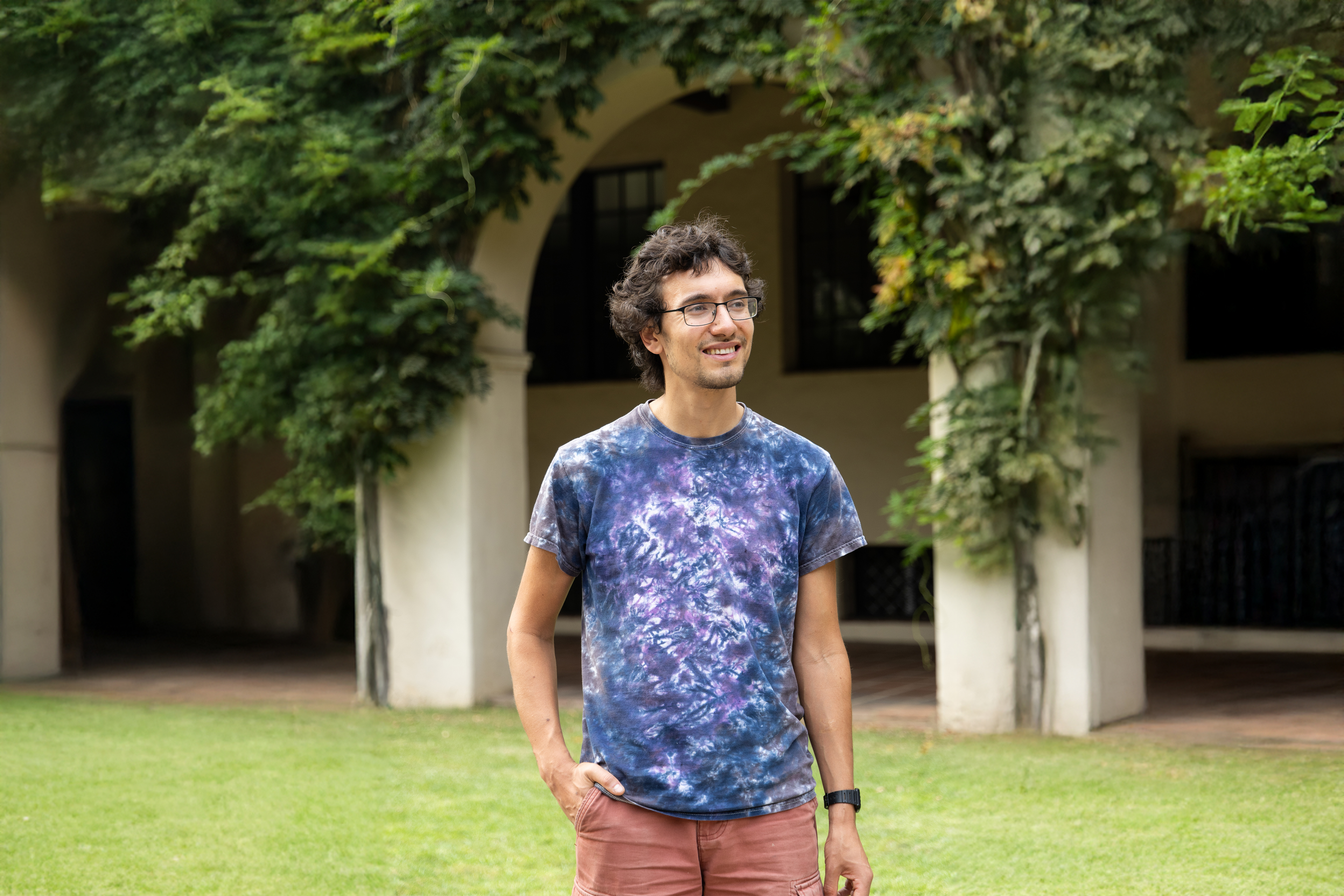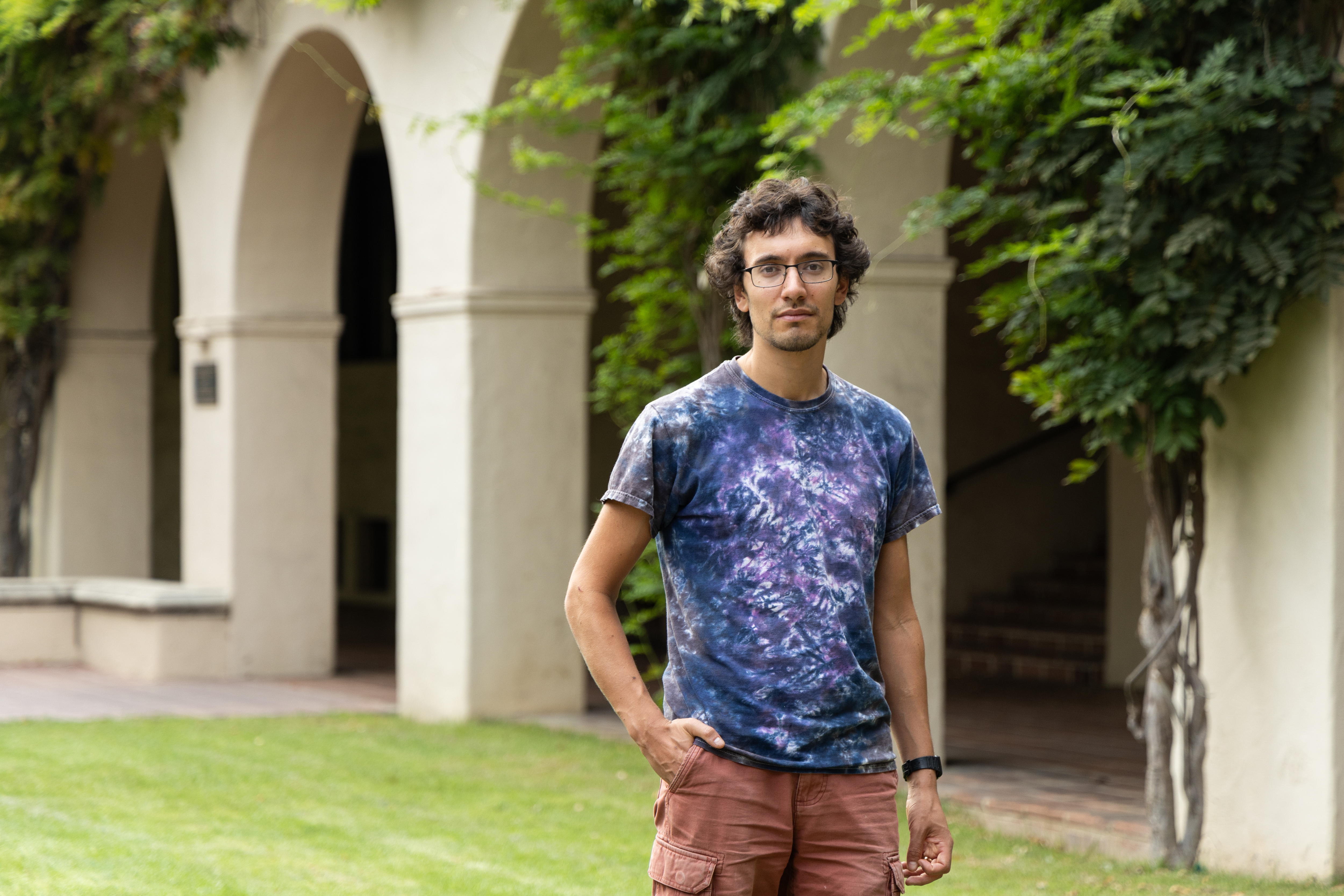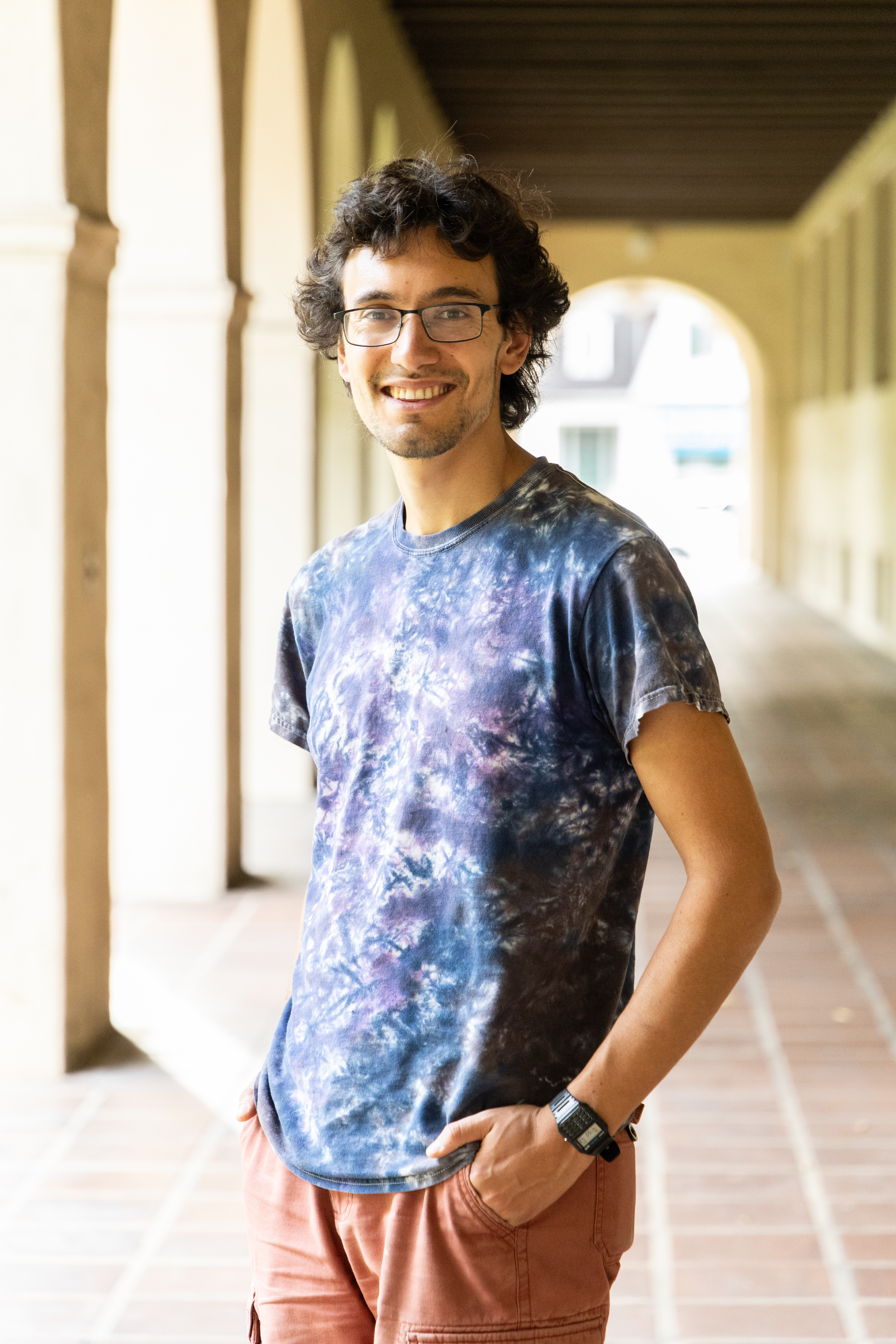About Kareem's Work
Kareem El-Badry is an astrophysicist investigating how stars form, evolve, and interact. El-Badry leverages astronomical datasets and theoretical modeling to investigate binary star systems, black holes, neutron stars, and other stellar bodies. His ability to extract insights from the enormous amounts of data gathered in space observation missions has led to many discoveries—from overlooked dormant black holes in our galaxy to new classes of stars and coupled systems.
In early work, El-Badry developed a method for identifying binary stars in spectrographic datasets. More than half of stars exist in binary systems, but they are often too close together to be differentiated with available technology. El-Badry overcame this challenge through targeted statistical analysis of existing spectral data. His analysis of data from the APOGEE (Apache Point Observatory Galactic Evolution Experiment) project identified over 3,000 binary systems in the Milky Way, and in later work with Gaia mission data, he discovered more than one million binaries—the largest known sample to date. As a postdoctoral fellow, El-Badry used spectral disentangling (that is, separating the light spectra emitted by different stellar bodies) to demonstrate that several purported dormant black holes were, in fact, stars that had been stripped of their outer hydrogen layer and were contracting, causing them to appear abnormally bright. The stripped stars’ inflated luminosities led researchers to overestimate their masses and, therefore, identify the companions as black holes. El-Badry went on to show that this process is how most Be class stars form—that is, by stripping matter from a companion star in a close binary—thereby solving a decades-old mystery. In more recent work, he developed a method for identifying dormant, or non-interacting, black holes in wide binaries. A black hole that is too far from another stellar body to steal its matter cannot be seen via X-ray emissions or gravitational waves. El-Badry determined that in such cases, the dynamical interactions between the black hole and its orbiting star cause characteristic radial velocity variations and the “wobble” of the stars on the plane of the sky. These measurements can then be used to reconstruct the orbit and mass of the star’s dark companion. Using this method, El-Badry and colleagues thus far have discovered two dormant black holes, including the nearest known black hole to Earth, as well as dozens of neutron stars.
El-Badry is highly prolific and has made contributions to many other areas of stellar astronomy, including findings about high-velocity stars, triple star systems, the fates of massive stars, and galaxy formation. As more astronomical data becomes available and new observation missions launch, El-Badry is poised to further expand our knowledge about the wonders of our universe.












